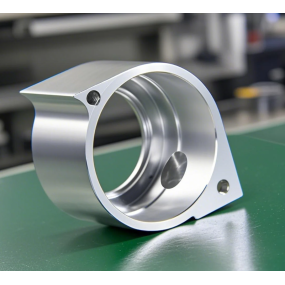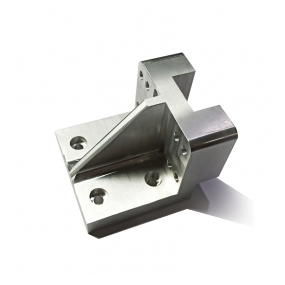During the processing, stamping factories may cause various defects such as pits, bumps, cracks, scratches, wrinkles, and indentations on the surface of stamped parts due to various reasons. So it is necessary to adopt relevant methods to investigate. However, the detection method for the appearance defects of stamped parts can only intuitively reflect the existence of the defects, but cannot reflect the severity of the defects themselves.
At present, General Motors‘ GSQE (Global Surface Quality Assessment) system has been introduced in the appearance inspection of stamped parts, dividing the appearance of various parts of the vehicle into four areas: A, B, C, and D according to the degree of defect detection and the impact of defects on the overall appearance quality of the vehicle. A is a completely visible area, B is a generally visible area, C is a generally invisible area, and D is a completely invisible area. In addition, based on the degree of impact of appearance defects on the entire vehicle and the difficulty of being discovered, it can be classified into one, two, and three levels from low to high. The first level is a significant drawback, as it can be detected without the need for oiling or any light reflection; The second level is the disadvantage that needs to be identified through the principle of light reflection. The investigation method is as follows: stand at a distance of 23m from the investigation point and identify from two or more different directions perpendicular to the investigation point 3045. The third level is a relatively minor level of disadvantage that may not be visible when exposed to strong light. It is necessary to investigate carefully and be able to view it up close from one direction or viewpoint.
Based on the orientation and difficulty level of the defects, the appearance defects of stamped parts have different deduction values. The inspection personnel of stamping processing plants can judge the severity of the defects based on the deduction values and formulate corresponding preventive measures, which can effectively control the appearance quality of stamped parts.
This article is from EMAR Mold Co., Ltd. For more EMAR related information, please click: www.sjt-ic.com,



 Spanish
Spanish Arabic
Arabic French
French Portuguese
Portuguese Belarusian
Belarusian Japanese
Japanese Russian
Russian Malay
Malay Icelandic
Icelandic Bulgarian
Bulgarian Azerbaijani
Azerbaijani Estonian
Estonian Irish
Irish Polish
Polish Persian
Persian Boolean
Boolean Danish
Danish German
German Filipino
Filipino Finnish
Finnish Korean
Korean Dutch
Dutch Galician
Galician Catalan
Catalan Czech
Czech Croatian
Croatian Latin
Latin Latvian
Latvian Romanian
Romanian Maltese
Maltese Macedonian
Macedonian Norwegian
Norwegian Swedish
Swedish Serbian
Serbian Slovak
Slovak Slovenian
Slovenian Swahili
Swahili Thai
Thai Turkish
Turkish Welsh
Welsh Urdu
Urdu Ukrainian
Ukrainian Greek
Greek Hungarian
Hungarian Italian
Italian Yiddish
Yiddish Indonesian
Indonesian Vietnamese
Vietnamese Haitian Creole
Haitian Creole Spanish Basque
Spanish Basque











